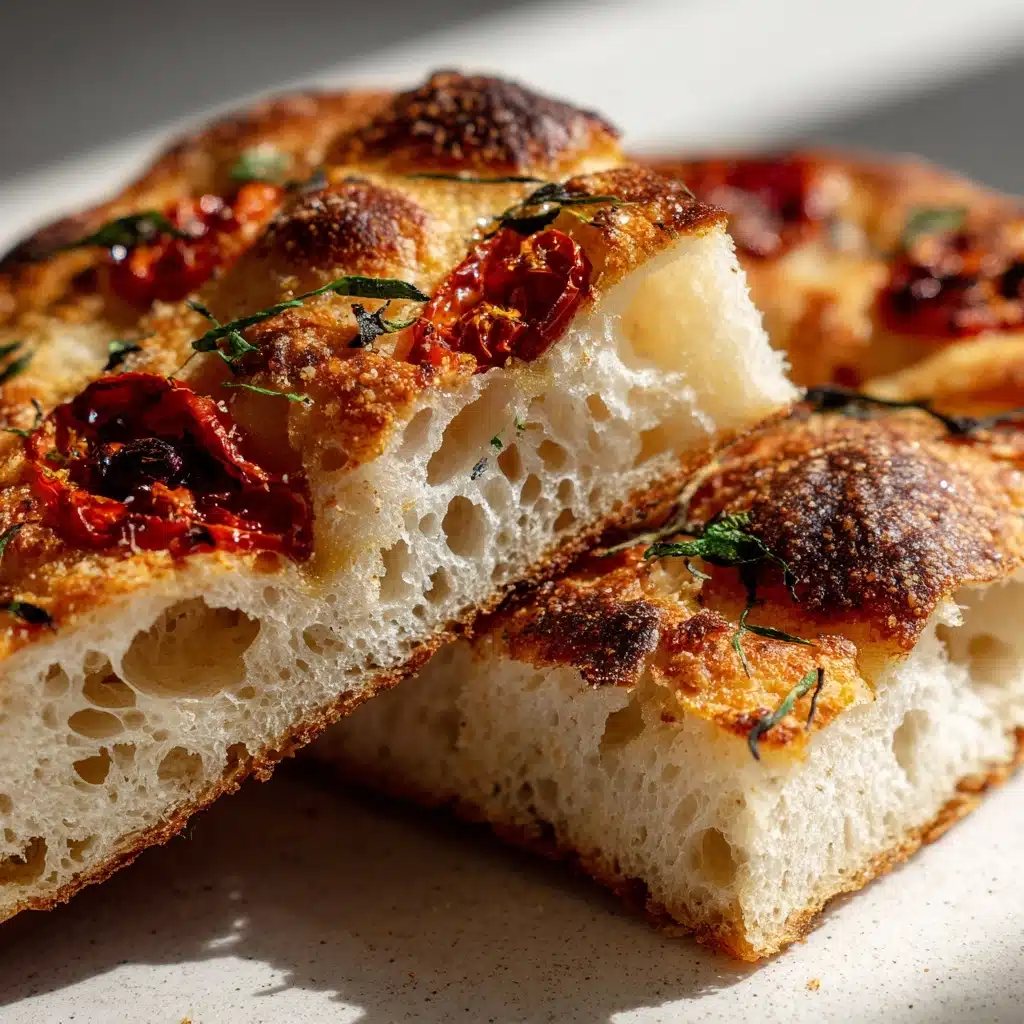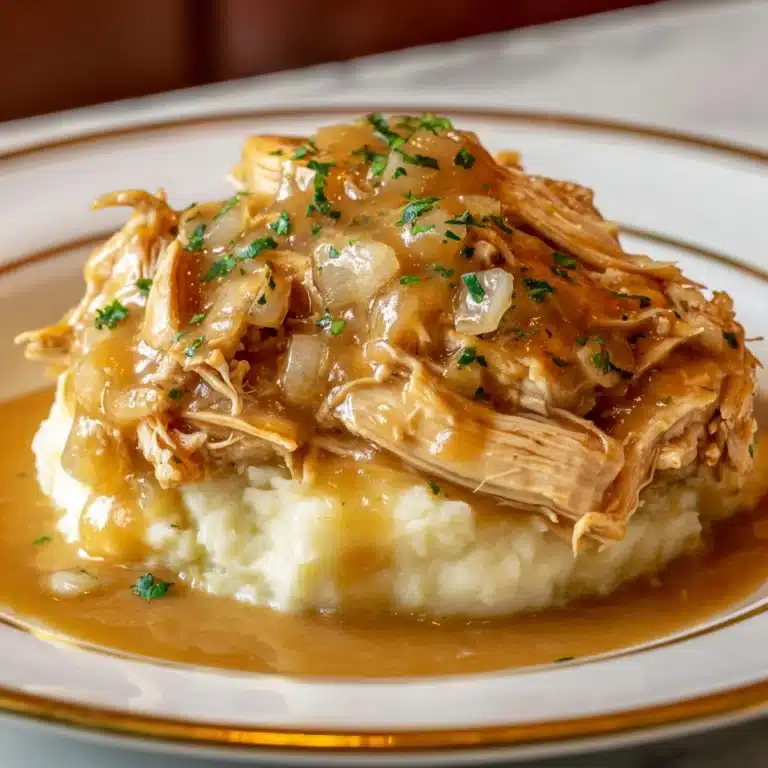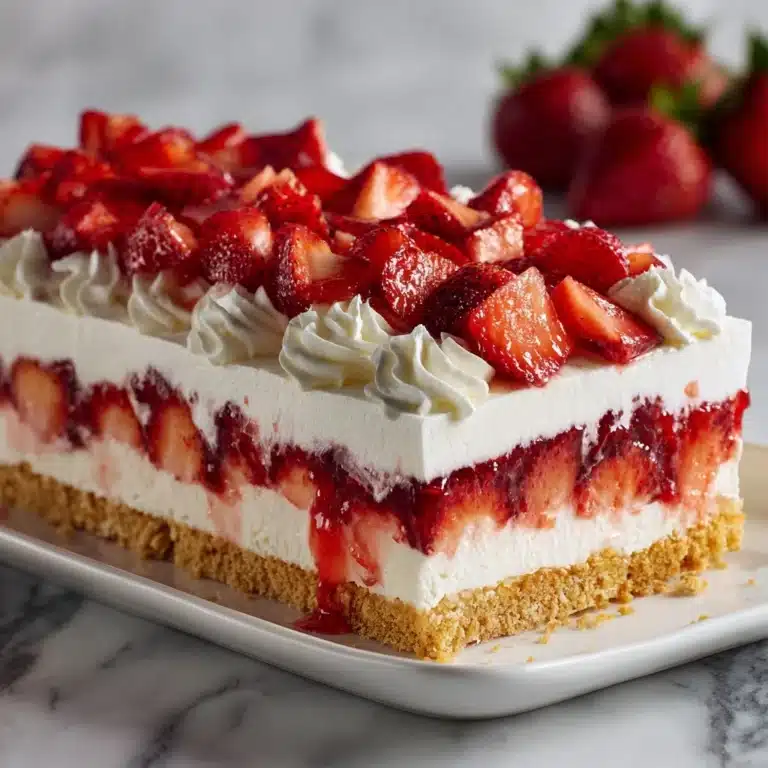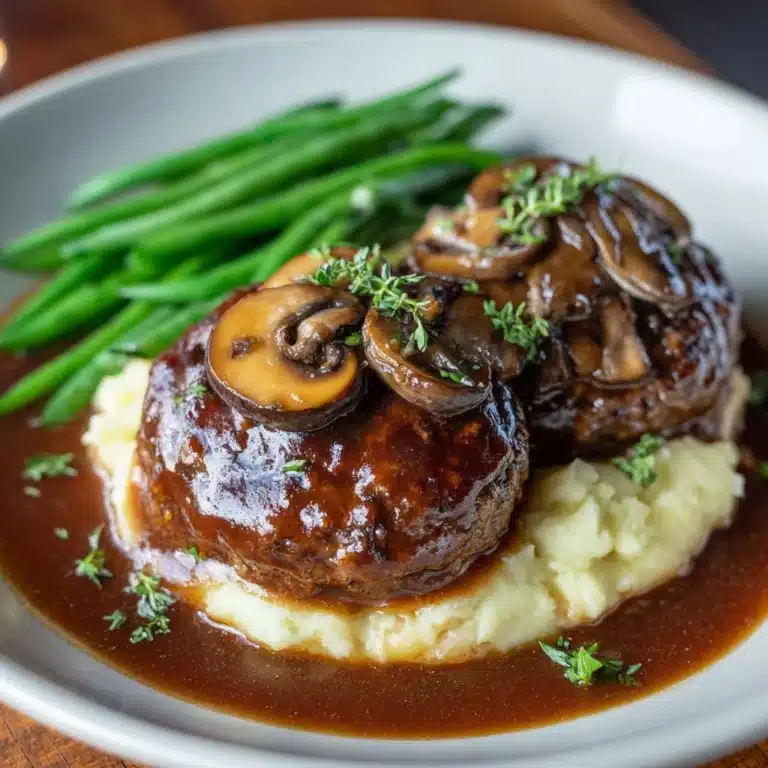The Best Ciabatta Recipe
If you’re a fan of irresistibly airy interiors and shatteringly crisp crusts, then you need to experience The Best Ciabatta Recipe. This classic Italian bread transforms a short list of pantry basics into an artisan marvel that’s perfect for sandwiches, sharing, or simply tearing and dipping into peppery olive oil. Whether you’re a bread novice or a seasoned home baker, you’ll fall in love with its signature open crumb and chewy, golden crust—no bakery visit required!

Ingredients You’ll Need
The Best Ciabatta Recipe is a testament to the magic of simple ingredients. Every element is crucial—each brings texture, flavor, or that beautiful color to the finished loaf. Let’s look at what you’ll need, along with some handy tips for bread-baking success:
- Lukewarm Water: The right water temperature wakes up your yeast and helps build that stretchy dough.
- Active Dry Yeast: This provides all the rise and airiness that makes ciabatta’s interior so special—always check your yeast is fresh for the best test results!
- All-Purpose Flour: It’s what creates the perfect chewy-yet-tender crumb: use a kitchen scale for accuracy if you have one.
- Salt: Don’t skimp here—it balances flavor and controls the yeast so your loaf rises just right.
- Olive Oil: Adds a touch of richness and helps the crust develop color and a subtle, earthy aroma.
How to Make The Best Ciabatta Recipe
Step 1: Prepare the Sponge (Biga)
The flavor foundation of The Best Ciabatta Recipe is the biga, a quick starter that sits overnight to build the signature depth in every bite. Simply stir together your water, yeast, and flour in a bowl until smooth (it might look a little shaggy, and that’s fine!), then cover loosely and leave it on your kitchen counter for 8 to 12 hours, or overnight. By morning, it should be bubbly and have a lovely, slightly tangy aroma—it’s the secret to bakery-level bread at home.
Step 2: Mix and Knead the Dough
Add your second hit of yeast to lukewarm water in a stand mixer bowl, then pour in the entire sponge (biga), followed by the rest of your flour, salt, and that glug of olive oil. Start on low to combine, then increase to medium-high for 8 to 10 minutes. The dough will be incredibly sticky and wet—resist the urge to add more flour! This is what creates those magical tunnels of air inside the loaf.
Step 3: First Rise
Scrape the dough into a clean, lightly oiled bowl. Cover and let it rise in a warm, draft-free spot for about 1 1/2 to 2 hours. Don’t rush this step—the dough should double in size. You’ll know it’s ready when it jiggles a little when you nudge the bowl, and you’ll catch a whiff of that irresistible, yeasty aroma.
Step 4: Shape and Second Rise
Turn the dough out gently onto a well-floured surface—remember, ciabatta dough is delicate and airy. Guide it into a rectangle using floured hands and a gentle touch, trying not to squash out all the bubbles. Fold it over once or twice to create a rough loaf, then transfer to a parchment-lined baking sheet. Loosely cover and let it rise for another 45 to 60 minutes while your oven preheats. This second proof gives you maximum lift and that classic ciabatta shape.
Step 5: Bake to Perfection
While your dough rises, set the oven to 450°F and heat up a baking stone or inverted baking sheet. For extra crunch, place a pan of water on the lower rack for glorious steam. Bake the ciabatta loaf for 20 to 25 minutes—it should turn a rich golden color and sound hollow when tapped. Cool it completely on a wire rack before slicing: the wait is tough, but it lets the crumb set and keeps your bread light.
How to Serve The Best Ciabatta Recipe

Garnishes
Let’s play up those rustic good looks: a drizzle of olive oil and a sprinkling of flaky sea salt just before serving can make The Best Ciabatta Recipe absolutely sing. For something extra, rub a cut garlic clove over a freshly sliced piece or add a handful of chopped fresh herbs like rosemary or thyme on top before baking for an aromatic twist.
Side Dishes
Ciabatta is endlessly adaptable. Serve thick, warm slices alongside a big Italian salad, a hearty bowl of soup, or classic dishes like caprese or minestrone. It’s especially perfect for scooping up that last bit of sauce, making it an indispensable part of any Italian-inspired spread.
Creative Ways to Present
Don’t stop at sandwiches or toast. Try using The Best Ciabatta Recipe for homemade panini, bruschetta loaded with tomatoes and basil, or transform it into golden croutons for salads. It’s even delicious as crostini with whipped ricotta and honey for a fancy snack or appetizer.
Make Ahead and Storage
Storing Leftovers
To keep your ciabatta fresh, store any leftovers in a paper bag or wrap in a clean kitchen towel at room temperature. Avoid plastic wrap, which traps moisture and can soften the crust. Enjoy within two days for that signature crispy crust and tender interior.
Freezing
The Best Ciabatta Recipe freezes beautifully! Once completely cooled, slice the loaf and freeze individual pieces in an airtight bag for up to two months. This way, you can easily grab a slice or two when you’re craving that homemade taste, without thawing the whole loaf.
Reheating
Give day-old or thawed slices new life by reheating them in a 350°F oven for about 8–10 minutes, or pop them in the toaster for smaller portions. This restores that lovely crispy crust and brings back the fresh-baked aroma everyone loves.
FAQs
Is ciabatta dough supposed to be so sticky?
Absolutely! The wet, sticky dough is key for achieving ciabatta’s signature airy, hole-filled crumb. Try to trust the process and avoid adding extra flour, even if it feels counterintuitive—the results are worth it!
Do I really need a baking stone or pan of water?
While not strictly required, using a baking stone and pan of water helps The Best Ciabatta Recipe develop a truly artisan crust. The stone evenly distributes heat, and the steam keeps the crust crisp yet thin, just like classic Italian bakery bread.
Can I make the biga (sponge) in advance?
Yes! The biga can be made up to 24 hours ahead and kept in the refrigerator if life gets busy. Just let it come to room temperature before mixing your dough for the best rise and flavor.
How can I tell when my ciabatta loaf is baked through?
The loaf should be a deep golden hue and sound hollow when tapped on the bottom. If you have a kitchen thermometer, the internal temperature should reach about 200°F for perfect doneness.
Can I double The Best Ciabatta Recipe?
Definitely! Double the ingredients and follow the same steps, shaping two separate loaves. Just leave plenty of space between them on your baking sheet so they bake up with that classic ciabatta shape and aeration.
Final Thoughts
There’s something truly magical about creating this classic loaf in your own kitchen. The Best Ciabatta Recipe brings bakery-worthy results within reach for anyone—crispy, airy, and absolutely unforgettable. Give it a try and turn even the simplest meal into something extraordinary—there’s every reason to bake it again and again!
Print
The Best Ciabatta Recipe
- Total Time: 13 hours
- Yield: 1 loaf (about 10 slices) 1x
- Diet: Vegetarian
Description
Learn how to make the best ciabatta bread at home with this delicious recipe. Crusty on the outside, soft and chewy on the inside, it’s perfect for sandwiches or dipping in olive oil.
Ingredients
For the sponge (biga):
- 1/2 cup lukewarm water
- 1/2 teaspoon active dry yeast
- 3/4 cup all-purpose flour
For the dough:
- 1 1/2 teaspoons active dry yeast
- 3/4 cup lukewarm water
- all of the prepared sponge
- 2 cups all-purpose flour
- 1 1/2 teaspoons salt
- 1 tablespoon olive oil
Instructions
- Start by making the sponge: In a medium bowl, combine 1/2 cup lukewarm water, 1/2 teaspoon yeast, and 3/4 cup flour. Stir until smooth, cover loosely, and let sit at room temperature for 8 to 12 hours or overnight.
- To make the dough: Dissolve 1 1/2 teaspoons yeast in 3/4 cup lukewarm water in the bowl of a stand mixer. Add the sponge, flour, salt, and olive oil. Mix with a dough hook on low for 1 minute, then increase to medium-high and knead for 8–10 minutes. Transfer the dough to a lightly oiled bowl, cover, and let rise for 1 1/2 to 2 hours, or until doubled in size. Turn the dough onto a floured surface and shape into a rough rectangle. Gently stretch and fold it into a loaf, trying not to deflate the dough too much. Transfer to a parchment-lined baking sheet.
- Cover loosely and let rise again for 45–60 minutes. Meanwhile, preheat the oven to 450°F (230°C) and place a baking stone or inverted baking sheet on the middle rack. Place a pan of water on the bottom rack for steam.
- Bake the ciabatta for 20–25 minutes, until golden and crusty. Cool completely on a wire rack before slicing.
Notes
- Ciabatta dough is very wet—resist the urge to add extra flour.
- For best texture, use a baking stone and steam to create a crisp crust.
- This bread is perfect for sandwiches or dipping in olive oil.
- Prep Time: 15 minutes (plus 8–12 hours for sponge)
- Cook Time: 25 minutes
- Category: Bread
- Method: Baking
- Cuisine: Italian
Nutrition
- Serving Size: 1 slice
- Calories: 130
- Sugar: 0g
- Sodium: 210mg
- Fat: 2g
- Saturated Fat: 0.3g
- Unsaturated Fat: 1.7g
- Trans Fat: 0g
- Carbohydrates: 24g
- Fiber: 1g
- Protein: 4g
- Cholesterol: 0mg






